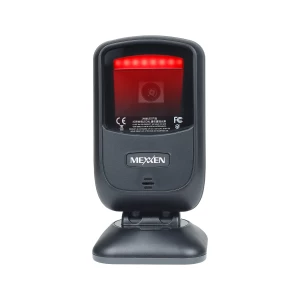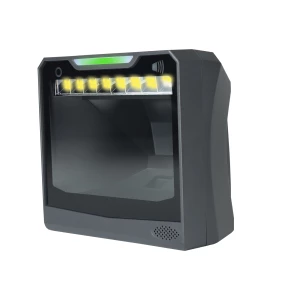Best Printers & Scanners for Home and Office Use in 2025
Whether you're setting up a home office or managing a business, having the right printers & scanners can make all the difference. This guide covers everything from types and features to buying tips and trusted suppliers.
How to Find Reliable Printers & Scanners from China in 2025
China remains a leading manufacturer of affordable and high-quality printers & scanners. To find reliable suppliers, check platforms like Alibaba for verified sellers with positive reviews. Look for certifications such as ISO 9001 and RoHS compliance to ensure product quality.
What Buyers Should Know Before Buying Printers & Scanners from China
Before purchasing, consider shipping costs, warranty options, and voltage compatibility. Many Chinese manufacturers offer OEM services, allowing customization for bulk orders. Always request samples to test performance before committing to large purchases.
Types of Printers & Scanners
Printers: Inkjet, Laser, All-in-One, Thermal
Scanners: Flatbed, Sheet-fed, Portable, Drum
Functions and features of Printers & Scanners
Modern printers & scanners offer wireless connectivity, automatic duplex printing, and high-resolution scanning up to 4800 dpi. Some models include advanced features like NFC pairing and cloud integration for seamless workflow.
Scenarios of Printers & Scanners
Home offices benefit from compact all-in-one units, while businesses may require high-volume laser printers. Graphic designers need scanners with color calibration, and retail businesses often use thermal printers for receipts.
How to Choose Printers & Scanners
Consider your monthly print volume, required resolution, and connectivity needs. For occasional use, an inkjet printer may suffice, while frequent users should opt for laser models. Check ongoing costs like ink or toner replacement.
Printers & Scanners Q & A
Q: What's the average lifespan of a printer?
A: Most quality printers last 3-5 years with proper maintenance.
Q: Can I use Chinese printers in other countries?
A: Yes, but check voltage compatibility (220V vs 110V) and language support.
Q: Are wireless printers secure?
A: Modern models offer encryption, but always change default passwords.
Q: What's better for photos - inkjet or laser?
A: Inkjet generally produces better photo quality with specialized photo paper.
Q: How often should I clean my scanner?
A> Clean the glass monthly with a microfiber cloth to prevent streaks.

























